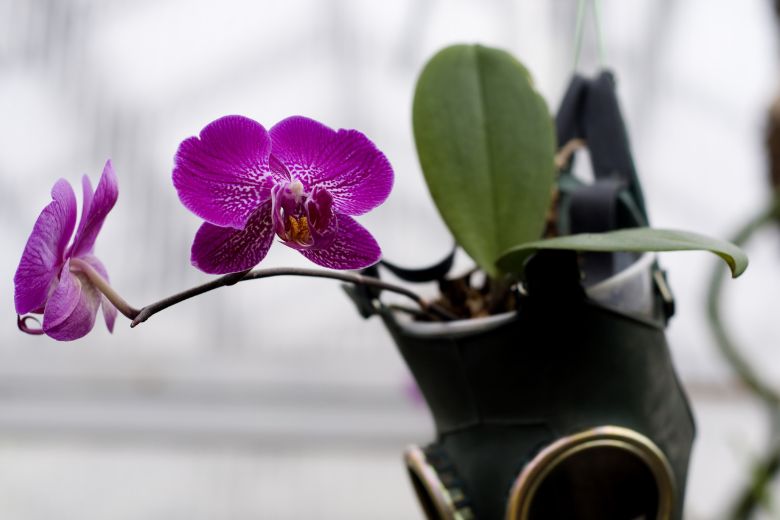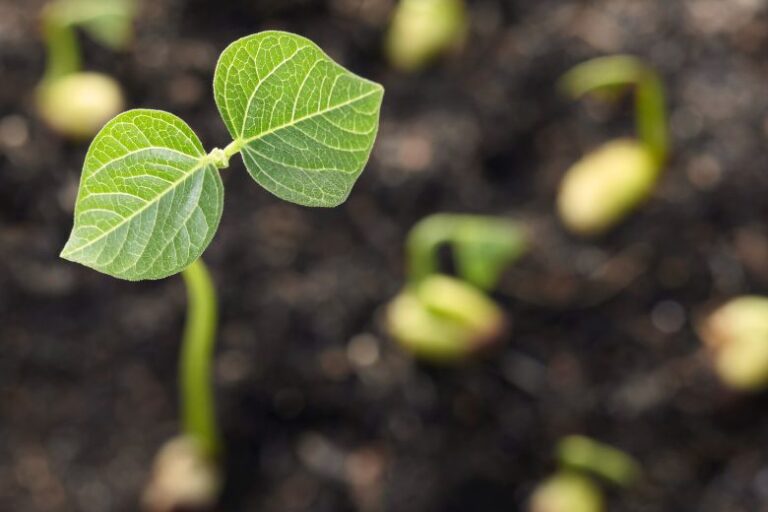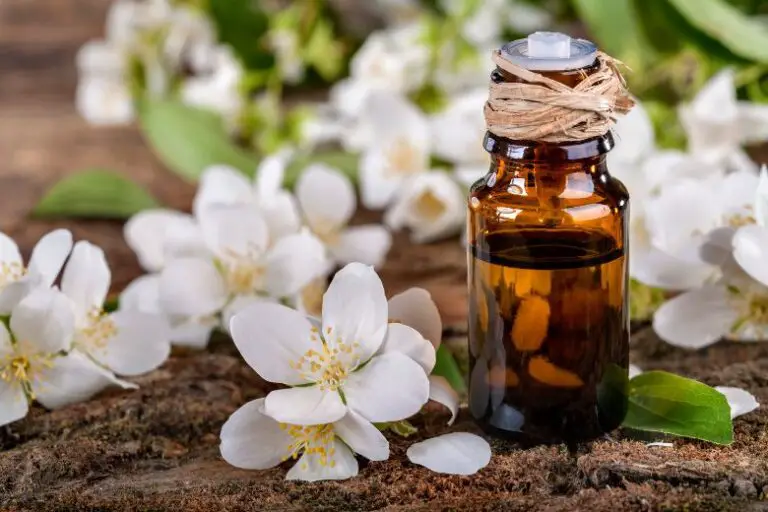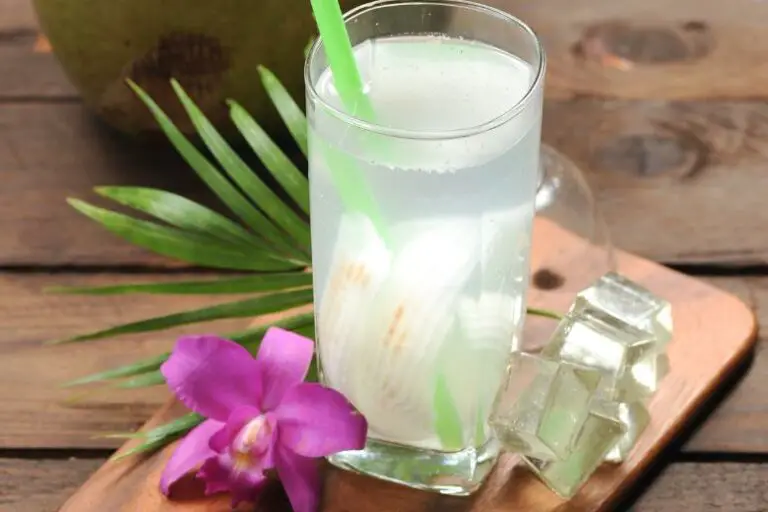Are Ghost Orchids Dangerous or Toxic
Ghost orchids have captivated the imagination of many with their elusive beauty and mysterious allure. The delicate, ethereal appearance of these rare flowers has given rise to questions about their potential dangers and toxicity. In this article, we will explore the world of ghost orchids, dispel misconceptions, and shed light on their true nature. Let us embark on a journey to discover whether ghost orchids pose any threats to humans and the environment.
Brief Overview of Ghost Orchids
Ghost orchids, scientifically known as Dendrophylax lindenii, are a rare species of epiphytic orchids native to the tropical regions of Florida, Cuba, and the Bahamas. They are renowned for their enchanting white flowers that seem to float in mid-air, lending them an otherworldly quality.
Intrigue Surrounding Ghost Orchids
The enigmatic nature of ghost orchids has captured the attention of botanists, nature enthusiasts, and artists alike. Their elusive presence in remote and inaccessible habitats adds to their allure, making them a subject of fascination and curiosity.
Purpose of the Article
The primary objective of this article is to provide accurate information about ghost orchids and address the question of their potential danger or toxicity. By exploring various aspects of these captivating flowers, we aim to dispel myths and offer a comprehensive understanding of their true nature.
Understanding Ghost Orchids
Description of Ghost Orchids
Ghost orchids possess distinct features that set them apart from other orchid species. They have slender, elongated stems with no leaves and are usually found growing on tree branches or trunks. The ghostly white flowers, which lack chlorophyll, have a waxy texture and emit a faint, sweet fragrance.
Habitat and Distribution
Ghost orchids thrive in the humid, subtropical environments of their native regions. They are typically found in shaded swamps, hammocks, and cypress forests, often nestled high inthe canopy, where they receive filtered sunlight and abundant moisture.
Rarity and Conservation Status
Due to their specific habitat requirements and limited distribution, ghost orchids are considered extremely rare. They have been listed as a federally endangered species in the United States, and international efforts are in place to protect and conserve their dwindling populations.
Symbolism and Cultural Significance
Ghost orchids hold cultural significance for many indigenous communities and have been featured in various art forms, literature, and folklore. They symbolize beauty, fragility, and the delicate balance of nature.
The Toxicity Question
Misconceptions about Ghost Orchids
Over time, misconceptions have emerged regarding the toxicity of ghost orchids, fueling concerns about potential dangers associated with these flowers. It is important to separate fact from fiction and examine the scientific evidence.
Debunking the Myth of Toxicity
Contrary to popular belief, there is no scientific evidence to suggest that ghost orchids are toxic or dangerous to humans or animals. Their lack of chlorophyll does not indicate toxicity, as there are many non-toxic orchid species that thrive without chlorophyll.
Scientific Studies and Evidence
Several scientific studies have been conducted to determine the toxicity of ghost orchids. These studies consistently conclude that ghost orchids do not contain any known toxins or harmful substances. Their flowers and stems have been analyzed, and no toxic compounds have been identified.
Clarifying Potential Risks and Precautions
While ghost orchids themselves are not toxic, it is essential to exercise caution when exploring their natural habitats. The environments where they grow can be challenging and potentially hazardous. It is advisable to respect conservation guidelines, seek proper permissions, and take necessary precautions to ensure personal safety and minimize any negative impact on the orchids and their habitats.
Benefits of Ghost Orchids
Ecological Importance
Ghost orchids play a vital role in the ecosystems where they are found. As epiphytes, they contribute to nutrient cycling, provide habitat for microorganisms, and support a diverse range of species, including insects, birds, and mammals.
Medicinal Properties and Traditional Uses
Certain orchid species have been used in traditional medicine for their purported healing properties. While ghost orchids have not been extensively studied in this context, some orchids with similar characteristics have shown potential medicinal benefits. However, it is crucial to emphasize that the use of orchids for medicinal purposes should be based on scientific research and expert guidance.
Contributions to Scientific Research
Ghost orchids have attracted the attention of scientists and researchers due to their unique characteristics and ecological significance. Studying these orchids helps us gain insights into plant adaptations, pollination mechanisms, and the complex interactions between orchids and their environment. Such research can contribute to conservation efforts and our understanding of biodiversity.
Cultivating Ghost Orchids
Challenges and Requirements
Cultivating ghost orchids is a challenging endeavor due to their specific habitat requirements. Recreating the exact conditions they need can be difficult, and their slow growth makes them less suitable for commercial cultivation. It is important to prioritize conservation efforts and sustainable practices rather than attempting to cultivate them at home.
Suitable Growing Conditions
For those interested in growing orchids, there are many other non-endangered species readily available in the horticultural market. These orchids, with proper care and suitable growing conditions, can provide the joy of orchid cultivation without harming wild populations.
Conservation Efforts and Sustainable Practices
Preserving the natural habitats of ghost orchids is crucial for their survival. Conservation organizations, botanic gardens, and governmental bodies are working together to protect these vulnerable orchids and their ecosystems. Supportingthese conservation efforts, raising awareness, and avoiding the illegal trade of ghost orchids are important steps individuals can take to contribute to their conservation.
Appreciating Ghost Orchids
Orchid Enthusiasts and Collectors
For orchid enthusiasts and collectors, ghost orchids hold a special allure. Learning about their natural history, conservation status, and responsible ways of appreciating them can enhance the enjoyment of these remarkable flowers.
Orchid Gardens and Exhibits
Many botanical gardens and orchid exhibits showcase a wide variety of orchid species, including ghost orchids. These curated displays provide an opportunity to observe and appreciate these rare flowers in a controlled and sustainable environment.
Responsible Viewing and Photography Tips
When encountering ghost orchids in their natural habitats, it is important to practice responsible viewing and photography. Respecting designated areas, maintaining a safe distance, and using non-intrusive photography techniques can help minimize disturbances and preserve the natural beauty of these delicate orchids.
Conclusion
Ghost orchids, with their elusive beauty and cultural significance, continue to intrigue and fascinate people around the world. Despite misconceptions regarding their toxicity, scientific evidence confirms that ghost orchids are neither dangerous nor toxic. Understanding their true nature, ecological importance, and conservation needs is essential for appreciating these rare flowers and ensuring their long-term survival.







